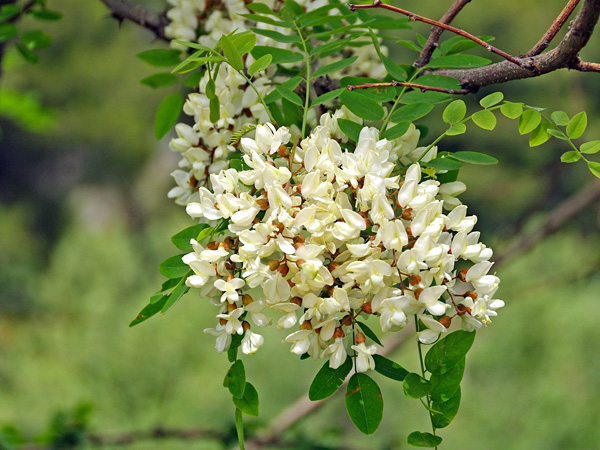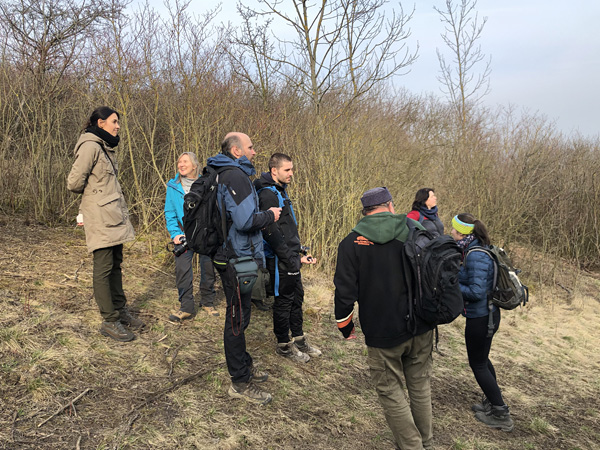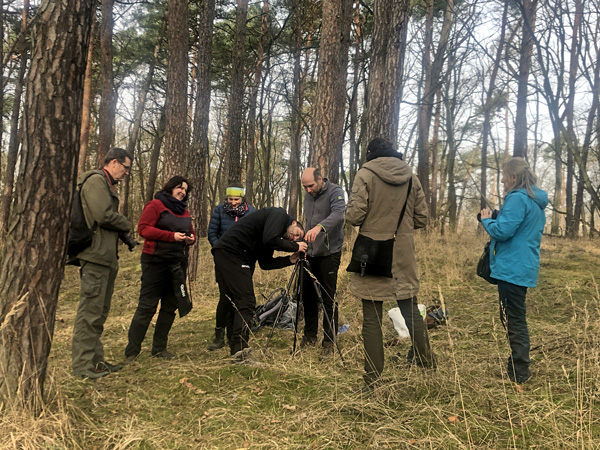IMPAWOS: Impact of alien and native woody plants on vegetation and soil: two sides of the same coin?
Summary
Climate change, agricultural intensification, urbanization, transportation development and other global factors promote a rapid spread of some plant and animal species. Scientists, policymakers and practitioners (e.g., forestry and wildlife services) focus primarily on alien species – elements of flora and fauna moved intentionally or unintentionally outside their natural range – because they are often the source of biological invasions that pose a serious threat to biodiversity and ecosystem services. Until recently, native species were considered harmless. However, some observations show that those with high expansion capabilities can behave like invasive species – they can invade new areas or habitats, taking advantage of human-induced disturbances (e.g., resulting from changes in land use).
The aim of this project is to assess the impact of alien invasive and native expansive woody plant species on recipient plant community parameters, soil properties (including nutrient availability, biological activity, litter decomposition rates), light regime and microclimatic conditions in a typical Central European landscape. The project will be carried out in Poland and the Czech Republic in cooperation with three research units: the Institute of Botany of the Czech Academy of Sciences, the W. Szafer Institute of Botany of the Polish Academy of Sciences and the University of Silesia in Katowice.
The study will include more than a dozen tree and shrub species, both utilitarian, used in forestry or landscaping (e.g., Robinia pseudoacacia, Symphoricarpos albus), and non-utilitarian, currently spreading mainly spontaneously (e.g., Acer negundo, Prunus serotina). The choice of woody plants as the target species was dictated by two considerations. Firstly, herbaceous species were studied as part of a recent project by the Czech partner entitled "Ecological impacts of alien and native plants on vegetation: does origin matter?" (the current project is its continuation). Secondly, woody species have a high habitat-forming potential, so their influence on various aspects of ecosystem functioning is stronger than that of herbaceous species (trees and shrubs are considered "ecosystem engineers", i.e., they determine the occurrence of a large number of different species in ways other than trophic relationships). The research will be conducted in such a way that the effect of an alien species can be compared with that of a native species and that both effects can be related to a control situation (a native multi-species community).

Symphoricarpos albus – one of the target invasive shrub species.
Photo: pixabay.com.

Robinia pseudoacacia – one of the targed invasive tree species.
Photo: pixabay.com.

Searching for suitable study sites – the first joint field trip of the project team; near Průhonice, Czech Republic, 2023.
Photo: Małgorzata Stanek.

Testing measurement methods in the field – the first joint field trip of the project team; near Průhonice, Czech Republic, 2023.
Photo: Małgorzata Stanek.





